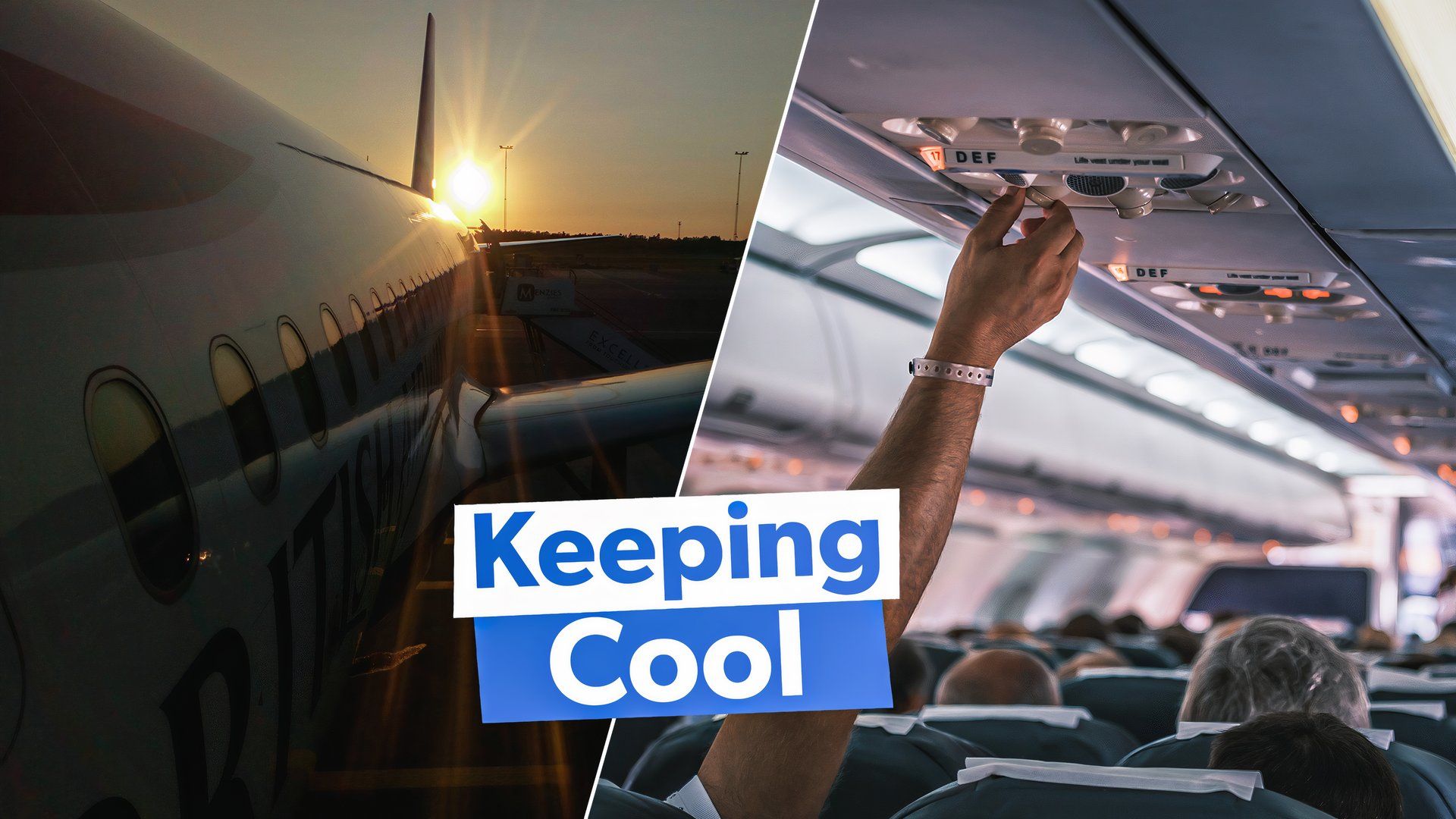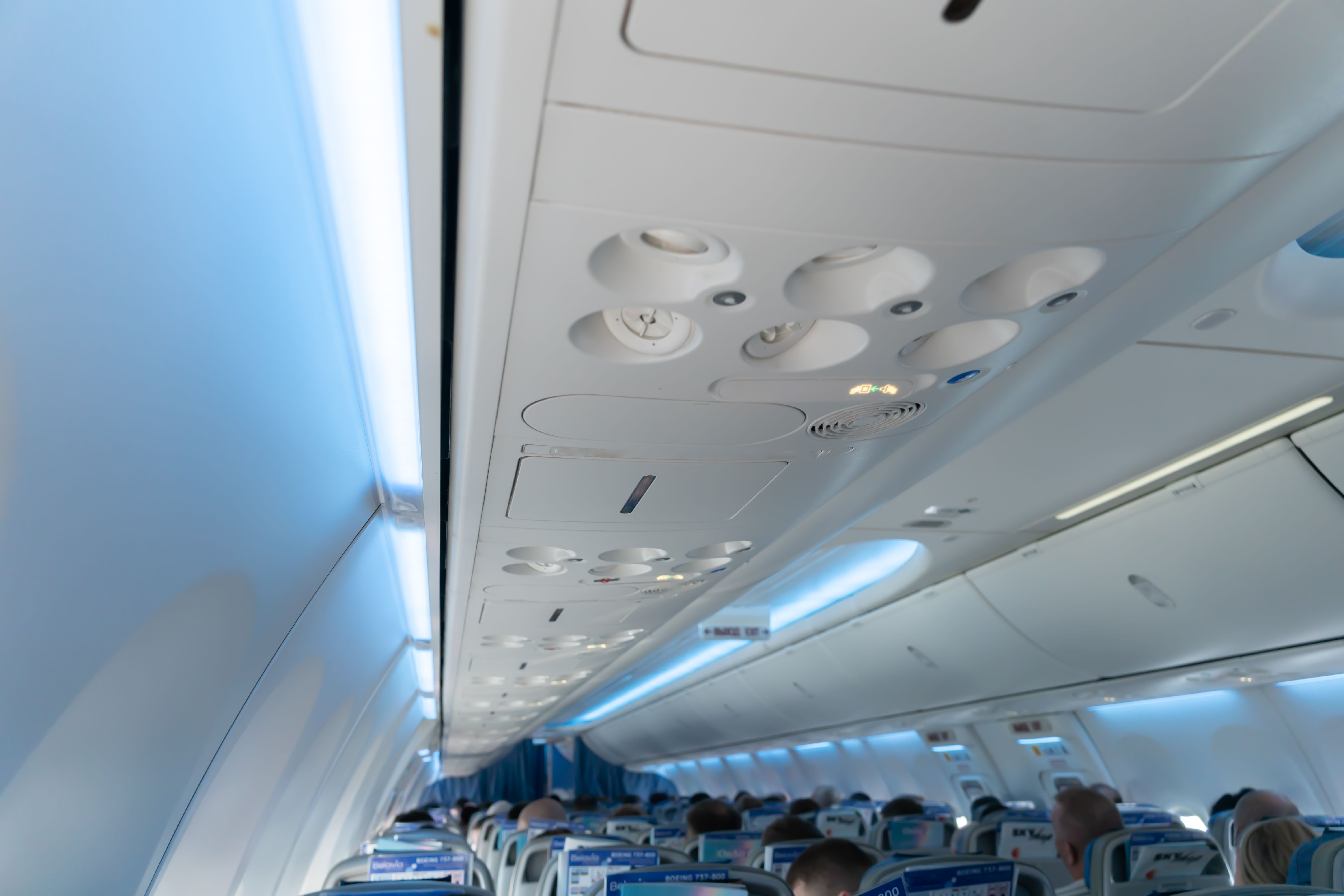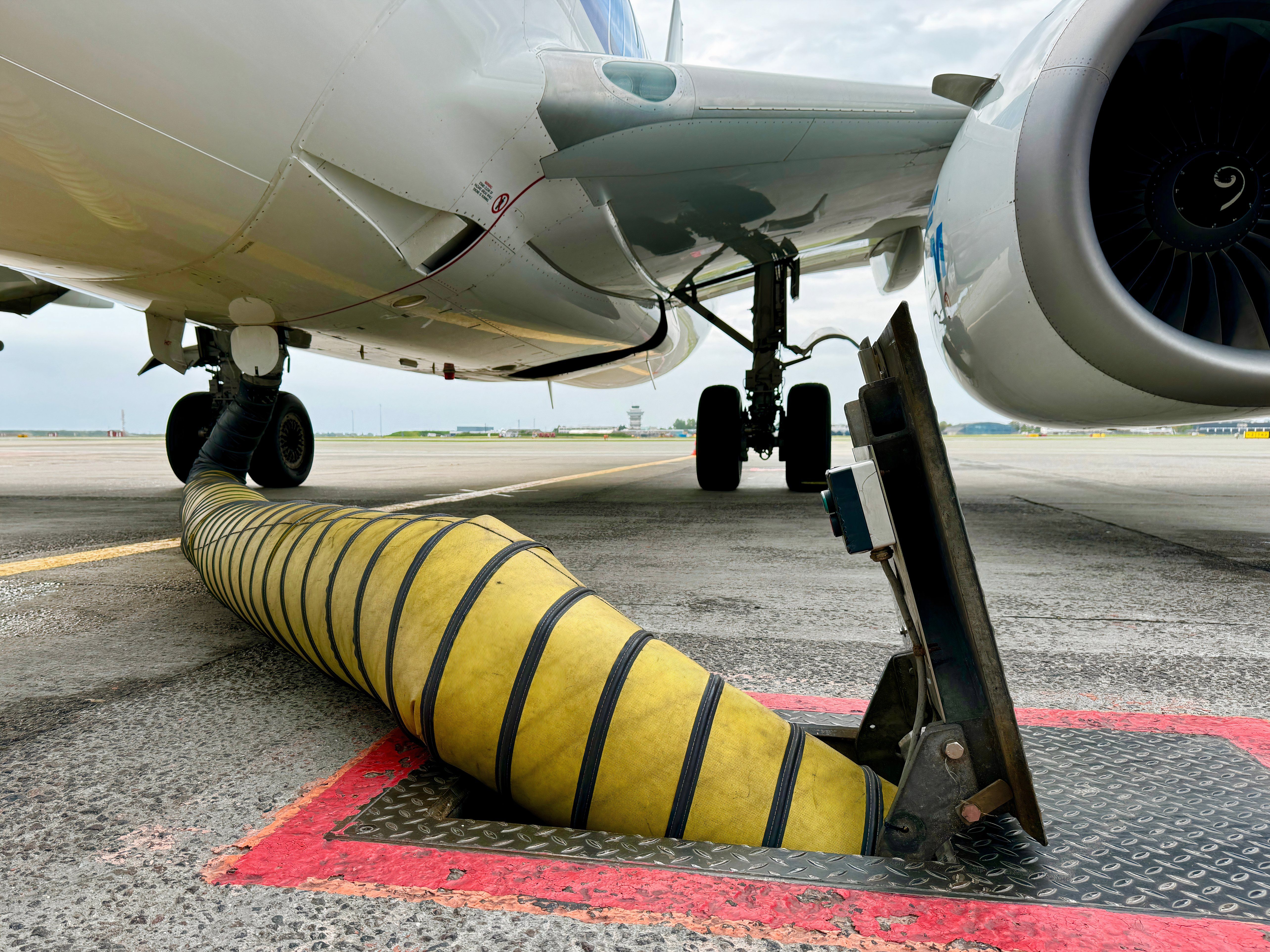Summary
- Aircraft air conditioning ensures passenger comfort by adjusting temperatures and mitigating humidity.
- Onboard air conditioning maintains a breathable environment at high altitudes by supplying fresh oxygen.
- Air conditioning systems in planes rely on engine bleed air and intricate mechanisms to create a comfortable and safe flight.
Right now, it is summer in the Northern Hemisphere, meaning most regions in this part of the world will see temperatures close to 30 degrees centigrade, with desert regions like the GCC even going as high as 50 degrees.
To make this bearable, most public spaces and some homes will have air conditioning – this also applies to transportation. They are usually only activated in summer, but things are slightly different in aviation. Let’s see why.
The obvious: keeping passengers comfortable
It’s a hot summer’s day in Dubai or Frankfurt, and although our bodies can regulate their temperature independently, they are still prone to overheating.
At best, minor overheating can make you feel a little bit blushed—at worst, it can lead to heat stroke, which, when you are elderly, an infant, or weakened, can prove fatal. So, like most enclosed public spaces, aircraft have air conditioning.
Photo: ProleR | Shutterstock
It is always provided centrally through the cabin walls, which is why when you travel in a humid environment you will see what appears to be smoke (but worry not; it is just water) coming from either side of the cabin wall.
It can also be adjusted on older generation planes using the quirky-looking nozzles in the panel above your head in all travel classes.
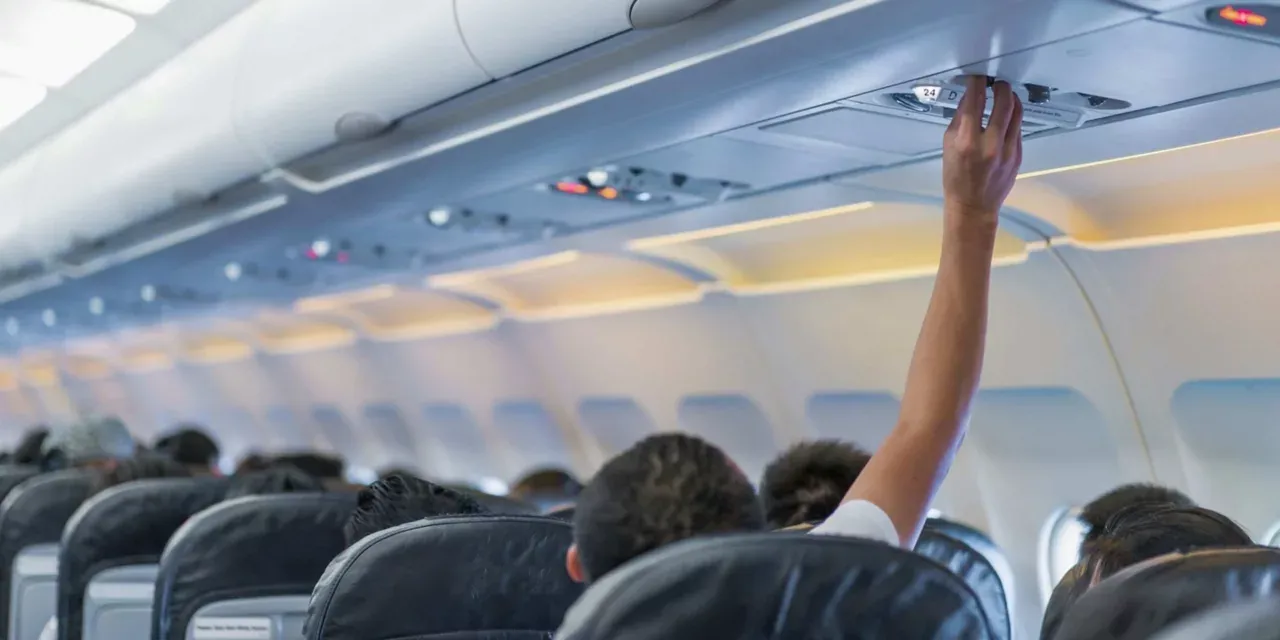
Related
Chill Out: How Airplane Air Conditioning Keeps You Cool
The air conditioning system is possibly one of the most complex systems in an aircraft.
The not-so-obvious: oxygen, making the cabin breathable
At high altitudes, such as those reached by commercial airliners at over 30,000 feet, the air is too thin for our lungs to capture oxygen effectively. Without the appropriate sustenance, our brain would only have enough oxygen to stay alert for a few minutes before effectively shutting down. Because our lungs, heart, and brain are interconnected and vital to our survival, it won’t take long for the others to follow suit if one shuts down.
Lack of oxygenation leads to hypoxia when the body is deprived of adequate oxygen. In commercial aviation, hypoxia rarely occurs due to two main reasons. The first reason is pressurization, which involves sealing the aircraft to retain a stable and breathable atmosphere for passengers by supplying oxygen. This process ensures that the air in the cabin, which is used before takeoff, remains inside – as a result, passengers are provided with the necessary oxygen to maintain healthy oxygen levels during the flight.
Pressurization alone may seem sufficient in theory, but considering that a typical commercial aircraft can carry 300 or more passengers, it becomes clear that relying solely on pressurization would lead to an inadequate oxygen supply, even on a short flight. This is where the aircraft’s air conditioning system plays a crucial role – it continually circulates and filters fresh, breathable air from when the aircraft starts taxiing to when it arrives at the gate, ensuring that passengers have a constant supply of oxygen throughout the flight.
How is air conditioning generated onboard?
Aircraft typically use a system that draws air from the engine for the environmental control system. This process involves diverting hot air from the compressor stages through a bleed valve, resulting in what is known as “bleed air.” The bleed air can be extracted from the low-pressure stages, an intermediate stage of the high-pressure compressor, or the high-pressure stage of the compressor, depending on the specific aircraft and its requirements.
Photo: Thomas Roell | Shutterstock
When aircraft jet engines release hot air, a system known as PACKS (Pressurization Air Conditioning Kits) is utilized to cool it down. PACKS consists of a heat exchanger and a compressor turbine unit designed to lower the temperature of the engine bleed air to a safe level. The engine air is directed to the pack through a one-way check valve, which functions as a flow control valve. Aircraft manufacturers sometimes call this valve the pack flow control valve.
When the high-temperature bleed air is transferred from the compressor stages, it first undergoes a pre-cooling process to address its initial boiling. Moreover, when the aircraft is on the ground, the air can be supplied by the Auxiliary Power Unit (APU) or by connecting the aircraft to a ground air conditioning unit.
How is an aircon made, and why is it so important?
In the summer, high temperatures mean air conditioning becomes crucial for comfort, especially in enclosed public spaces like aircraft. Air conditioning ensures passenger comfort on planes by adjusting cabin temperatures and mitigating humidity, which is essential for long flights from hot, humid regions.
Older planes offer individual nozzle adjustments, while newer models use advanced systems for overall temperature control. Beyond comfort, onboard air conditioning systems are vital in maintaining a breathable environment at high altitudes.
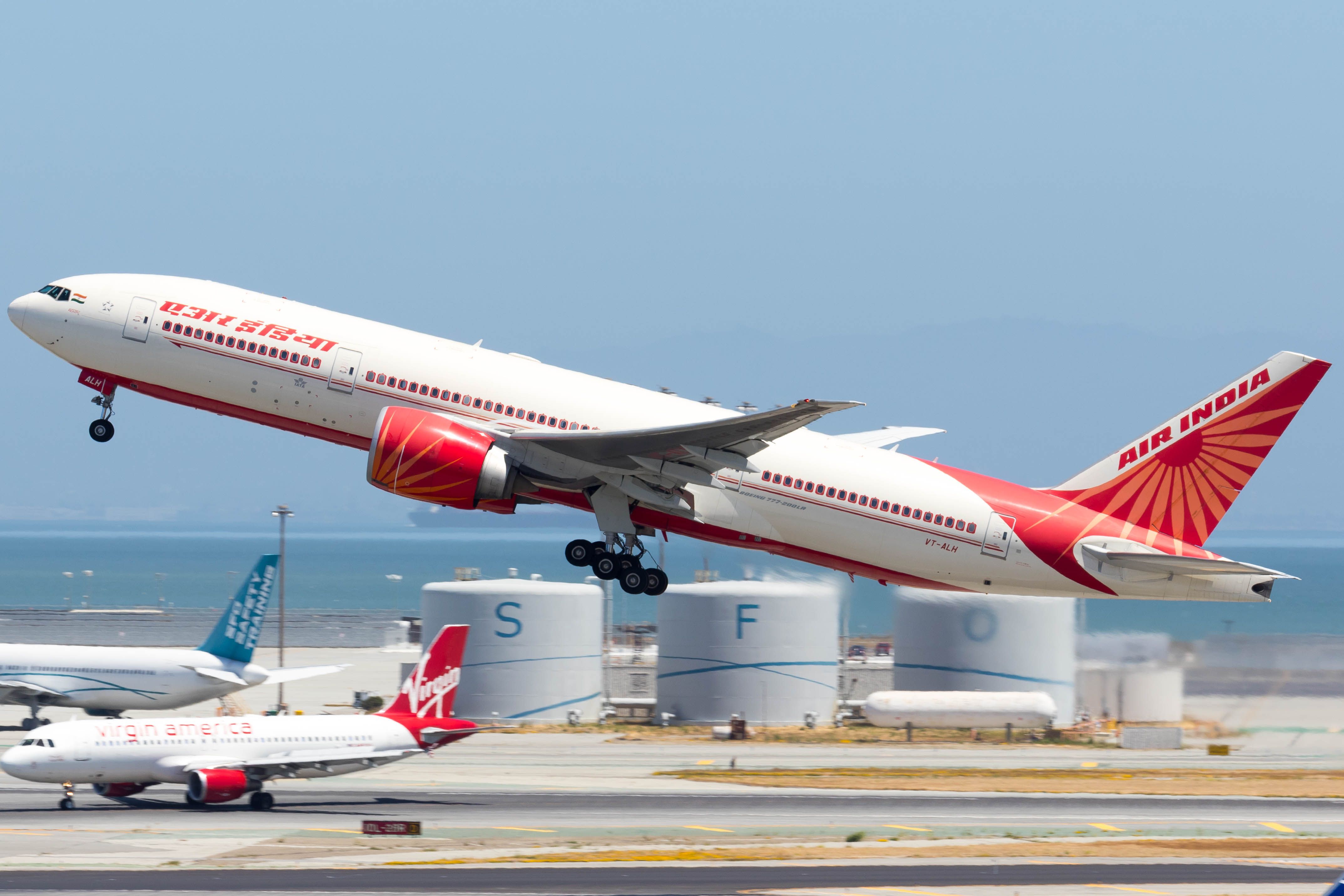
Related
Cabin Temperature: Air India Sets New Requirement For Flight Attendants Following Multi-Hour Delay Incidents
Boarding can only begin when the cabin temperature in all zones is 25 degrees Celsius (77 degrees Fahrenheit) or below.
Due to the thin air outside, these systems, powered by engine bleed air, work alongside pressurization mechanisms. They ensure a continuous supply of fresh, oxygen-rich air, essential for preventing hypoxia among passengers. This technology involves complex machinery like PACKS and possibly the Auxiliary Power Unit (APU) on the ground, illustrating the intricate balance of comfort and safety in modern aviation.
So next time you’re facing a delay due to broken AC, remember that air conditioning is there to ensure your flight is cool and provide you with unlimited oxygen (and that’s undeniably cool).

